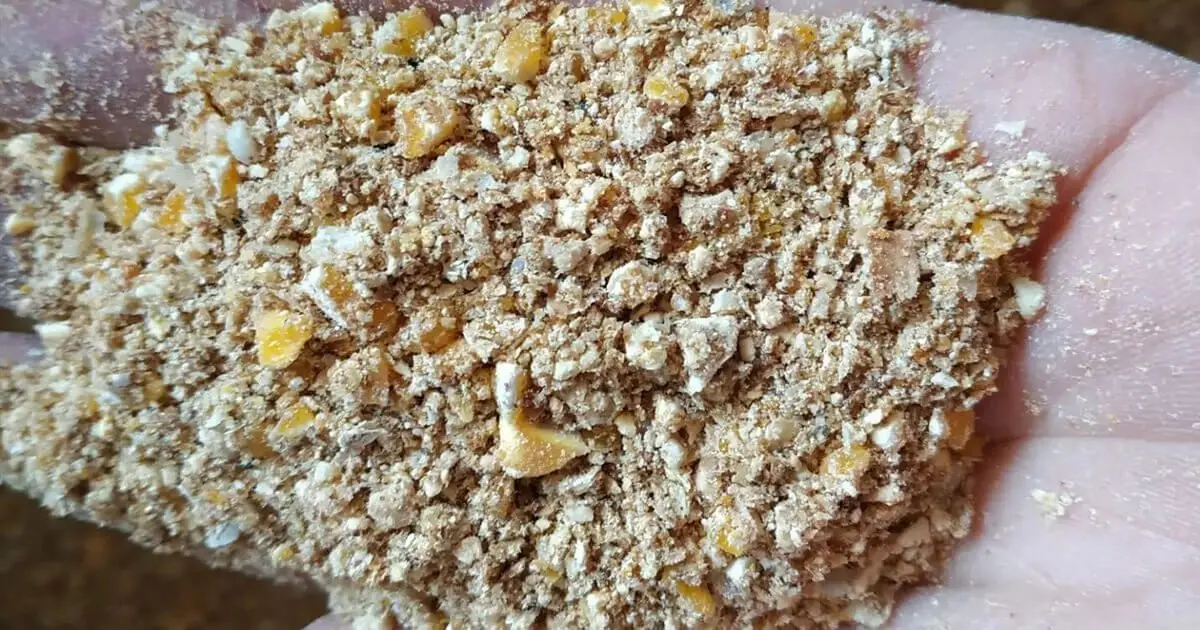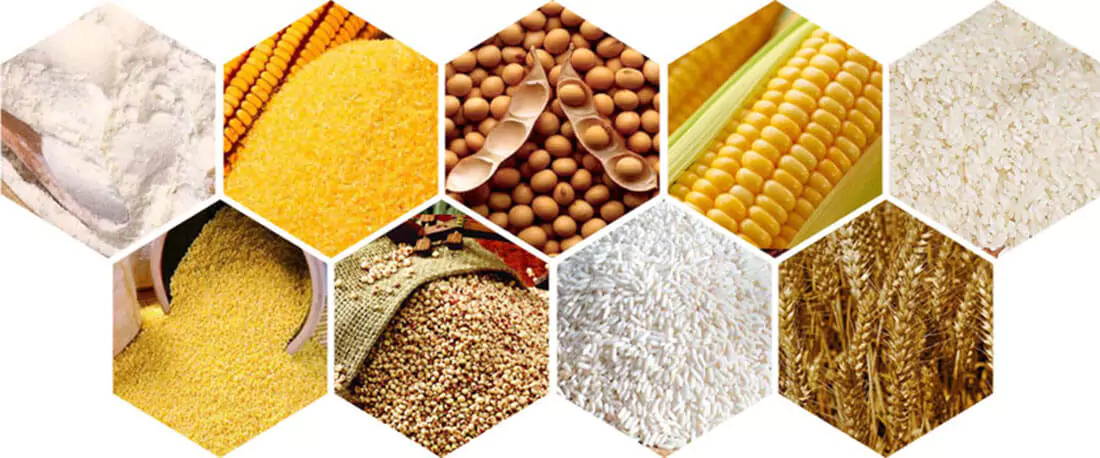Introduction
Have you ever wondered what really goes into a bag of animal feed? It’s not just a random mix of grains. A good quality feed is like a carefully planned meal. Each ingredient is chosen for a specific and important purpose. Whether it’s for chickens, cattle, fish, or pigs, all balanced animal feed is made from a few key types of raw materials. These materials are grouped by the job they do for the animal.
This guide will break down what are the raw materials for feed mill production. After reading, you will understand what your animals are eating and why each component is so important.
The Foundation: Energy Sources (Carbohydrates & Fats)
Think of these ingredients as the “fuel” for the animal. This is the largest part of most animal feeds. These materials provide the energy that animals need for their daily activities, for growth, and for staying warm.
- Common Grains (Carbohydrates): The main source of energy in most feeds comes from grains. Common examples include: Corn (Maize), Wheat, Barley, Sorghum, and Rice.
- Fats and Oils (Concentrated Energy): Fats and oils provide a more concentrated form of energy. They are also important for absorbing certain vitamins and for overall health. Examples include: Soybean Oil, Fish Oil, Tallow (animal fat), and Palm Oil.
The Building Blocks: Protein Sources
If energy is the fuel, then protein provides the “building blocks” for the animal’s body. Protein provides essential amino acids. These are needed to build everything – from muscles and organs to feathers and eggs.
- Plant-Based Proteins (The Workhorses): Most of the protein in animal feed comes from plants. Common and effective examples are: Soybean Meal (the most widely used protein source), Cottonseed Meal, Sunflower Meal, and Canola (Rapeseed) Meal.
- Animal-Based Proteins (High Quality): Some feeds also include proteins from animal sources. These are often very high in quality. Examples include: Fish Meal, Meat and Bone Meal, Blood Meal, and Poultry By-product Meal.

The Spark Plugs: Vitamins & Minerals
Think of these as the “spark plugs” of the body. Animals only need them in tiny amounts, but they are absolutely essential for good health. They help with growth and fighting off disease. Without them, the animal’s whole system just doesn’t work right.
Key Vitamins You’ll See:
Common vitamins added to feed include Vitamin A (for good vision and skin), Vitamin D (for strong bones), Vitamin E (to help the body fight stress), and B-Vitamins (for using energy from food).
Key Minerals You’ll See:
Important minerals include Calcium and Phosphorus (for bones and eggshells), Salt (for body functions), and trace minerals like Zinc and Manganese.
Why a “Premix” is So Important:
“Because it’s very hard for a farmer or feed mill to add these tiny amounts of many different vitamins and minerals accurately, they are usually combined into a single, balanced ‘vitamin and mineral premix.’ This premix is then mixed with a feed mixer machine into the feed to ensure every animal gets exactly what it needs.”
How to Source Raw Materials for Feed Production: 4 Proven Tricks
Getting the right raw materials for feed mill production requires these steps:
1. Find Your Reliable Suppliers
- Check seller certifications – like looking for a “5-star” rating
- Visit farms – see where your corn grows!
2. Be a Quality Detective
- Test samples monthly – labs check for protein %
- Smell check! Good wheat bran smells like fresh hay
3. Save Money Smartly
- Buy in bulk – like Costco for farms
- Mix cheap & premium stuff (example: use wheat bran + fish meal)
4. Go Green (Sustainable Sourcing)
- Choose eco-friendly farms – look for recycling symbols
- Try local ingredients – supports nearby farmers

FAQ
What is the most common raw material in most animal feed production?
A: For providing energy, corn (maize) is one of the most widely used grains in the world. For providing protein, soybean meal is the most common and important raw materials for feed mill production.
What is a “vitamin and mineral premix” and is it really necessary?
A: A premix is a pre-blended mix of all the essential micro-nutrients (vitamins and minerals) that an animal needs in small amounts. Yes, it is absolutely necessary if you want to create a complete and balanced feed. It is the safest and most accurate way to ensure your animals do not suffer from nutrient deficiencies.
Are animal by-products like “fish meal” or “meat and bone meal” good ingredients?
A: Yes, when they come from a quality source and are processed correctly, these ingredients can be excellent. They are often highly digestible and are very good sources of protein and important minerals, like calcium and phosphorus, for many animals.
Can I make animal feed without using any grains?
A: Yes, it is possible to create feeds without any grains, which are popular in some pet foods. However, you still need to provide an energy source for the animal. In these cases, the energy usually comes from other ingredients like cassava, potatoes, or higher levels of fats and digestible fibers.
How can I find cheap raw materials to make my own feed?
A: The best way to lower your costs is to use local agricultural by-products. For example, if you live in a rice-growing area, rice bran might be cheap. If you live in a cotton-growing area, cottonseed meal might be affordable. Using what is locally abundant and in season is often the key to making low-cost feed.
Conclusion
Animal feed is made from a smart combination of different raw material groups. These include energy sources like corn, protein sources like soybean meal, and essential vitamins and minerals, which are often provided in a premix.
Understanding these basic raw materials for feed mill production is the first step for any farmer who wants to have more control over their animals’ nutrition and their farm’s costs.
